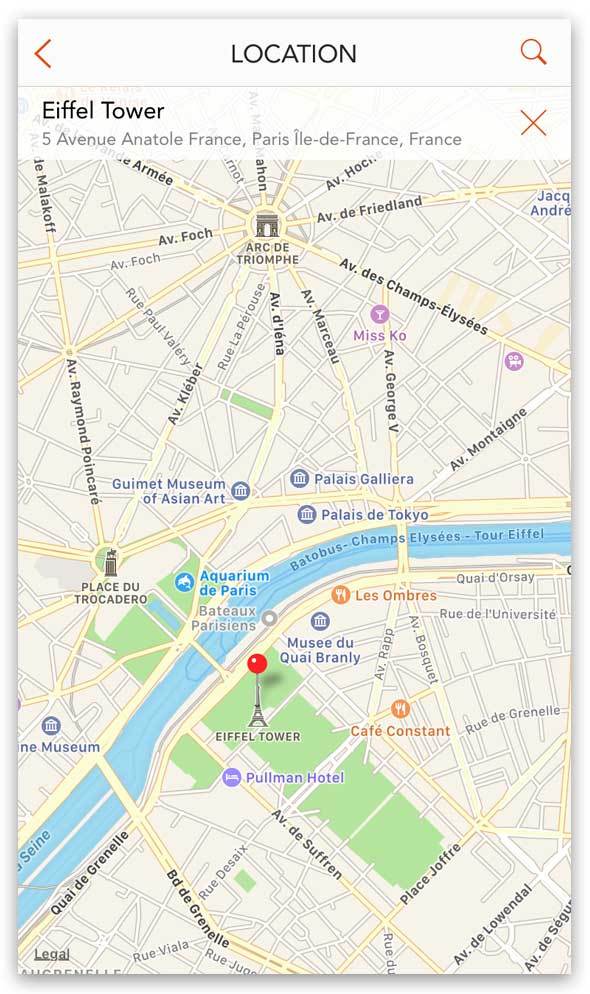
This helps protect the tube where urine passes (urethra) from the bladder out of the body from possible damage. You have either anaesthetic put into the fluid around your spinal cord (spinal anaesthetic) or a general anaesthetic.īefore they start the cryotherapy treatment your doctor puts a tube (warming catheter) in through the hole in your penis into your bladder. They then pass a special gas down the needles into your prostate. The needles go in through the area between your anus and testicles (perineum). The doctor puts thin needles into your prostate.
#Uninstall chronos notelife how to#
A nurse will show you how to care for the catheter if you do go home with it.Ĭryotherapy uses extreme cold to destroy cancer cells. This might stay in for up to a week to drain urine from your bladder. At the start of treatment you have a tube (urinary catheter) put into your bladder through the hole in your penis. You have a general anaesthetic so you're asleep. The high intensity ultrasound energy travels through the back passage to the prostate. This probe gives out high intensity ultrasound energy that can destroy the cancer cells in your prostate.

To have the treatment you have an ultrasound probe put into your back passage (rectum). The waves create heat that destroys the cancer cells. HIFU uses high frequency sound waves targeted at the cancer cells. HIFU is high intensity focussed ultrasound. You stay in hospital for 1 or 2 nights after surgery. This might include removing the surrounding lymph glands. Prostatectomy is surgery to remove all your prostate gland. You might have a local anaesthetic or a general anaesthetic. You have brachytherapy as a day case and it takes 1 to 3 hours. Or your radiographer or doctor will remove them after treatment. These might stay inside your prostate permanently. The source is also known as seeds or pellets. It then releases radiation to destroy the prostate cancer cells. It is when a radioactive source is put inside the prostate. You have treatment Monday to Friday.īrachytherapy is a type of internal radiation therapy. Before your treatment the team plan very carefully where to direct the beams and how much radiotherapy you need. A machine directs these beams at the cancer. Your doctor will talk to you about which might be the best treatment for you.Įxternal beam radiotherapy (EBRT) uses high energy beams similar to x-rays to destroy cancer cells. There are different radical treatments and focal treatments available in both groups. Neither you nor your doctor can choose which group you go into. In the 2nd stage of CHRONOS A the team need a further 1,130 men to join. Those who do join part 1 continue into part 2. The 2nd stage of CHRONOS A will open if stage 1 is successful. You can agree to have your appointment being taped or to the interview but not take part in the study if you don’t want to. You don’t have to agree to your appointment being taped or to the interview if you don’t want to. The team will arrange this at a time and place convenient for you. The research team member might also ask to interview you.
#Uninstall chronos notelife trial#
In this part when you see your doctor to talk about the trial a member of the research team will ask to record the appointment on audio tape.

This is a pilot study to find out whether people are willing to join the trial and be put into the different treatment groups.

In the 1st stage the team need 60 people to join. In total the researchers need 1,190 men to join. how each therapy affects quality of life.more about the side effects of each type of therapy.if focal therapy is as good as radical therapy for controlling prostate cancer.if people are willing to agree to take part in a randomised clinical trial comparing focal therapy with radical therapy.This is what the researchers want to do in this trial. And the differences in the quality of life of the men having these treatments. And that the side effects aren’t as bad.īut there hasn’t been any research that compares how well radical therapies and focal therapies control prostate cancer. Some research shows that focal therapies might control the cancer as well as radical therapies. high intensity focussed ultrasound (HIFU).There are treatments that target only the areas of cancer in the prostate. This controls the cancer but there are side effects. When there is a lot of cancer in the prostate doctors treat the whole prostate.


 0 kommentar(er)
0 kommentar(er)
